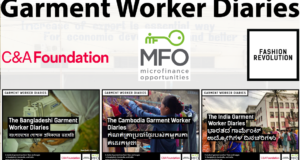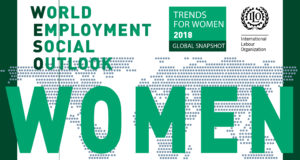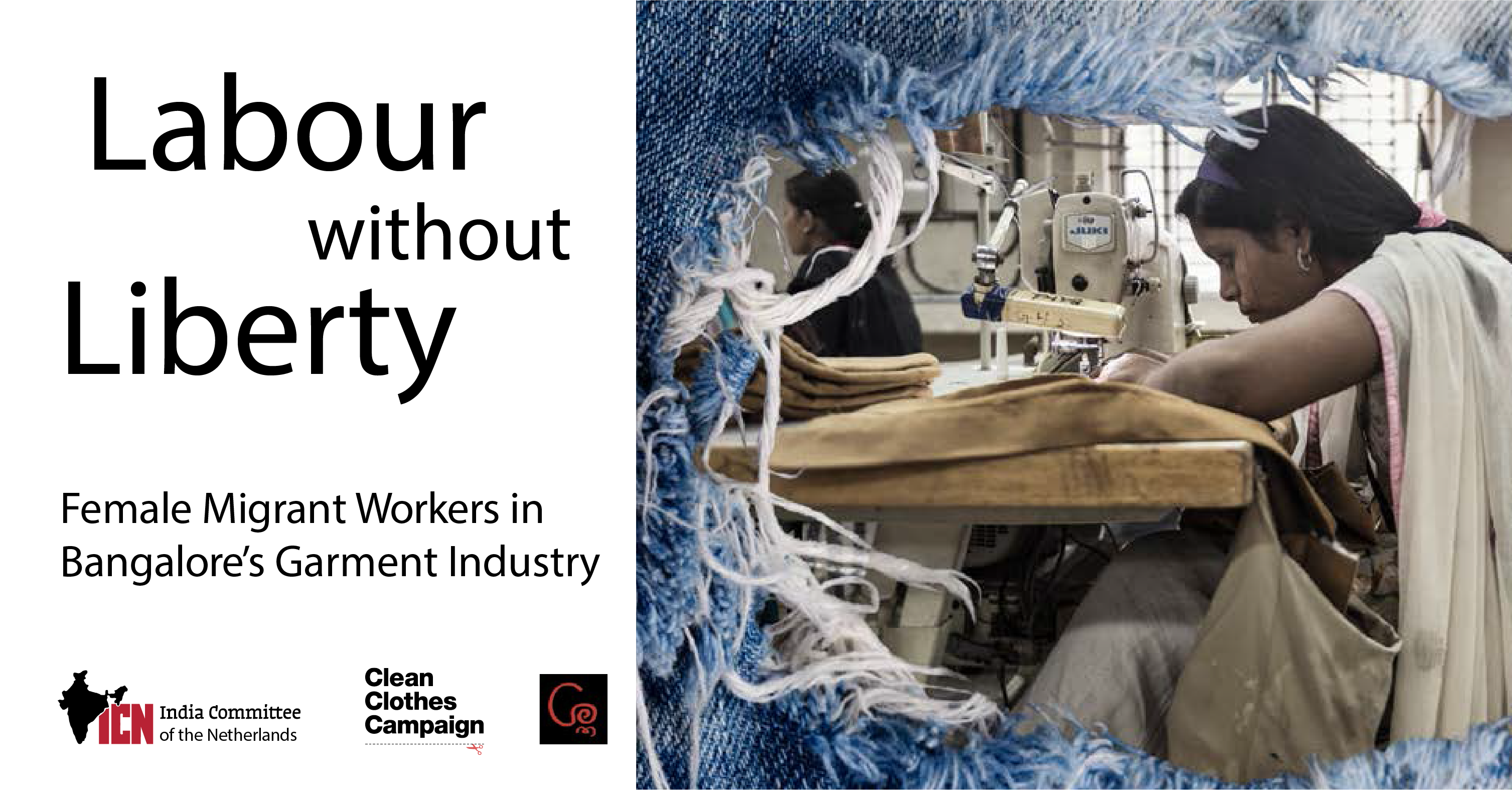Published on the ILO website
Competition among global garment buyers across the region is therefore motivated not just by the drive to expand export market share and economic growth but also by the potential to create jobs. The key, however, is to ensure that industry dynamism leads to better-quality jobs with decent wages. Despite some progress, industry wages remain low across the region. Average earnings were less than $200 a month in most of the ten countries for which data were available. The exceptions were China, Thailand and the Philippines where monthly wages were $491, $277 and $208, respectively. At the low end, wages averaged about $100 in Cambodia, the Lao People’s Democratic Republic and Pakistan. Notably, wages for men were consistently higher than those for women, although the gap varied between countries.
More and more, non-wage factors are driving purchasing and sourcing decisions among European and United States apparel companies. These determinants include capacity, product quality, workforce competency, production efficiency and labour compliance. In addition, industrial tragedies – for example the collapse of Rana Plaza in April 2013 and two fatal apparel factory fires in Pakistan in September 2012 – have heightened pressure on multi-national clothing retailers to rethink their sourcing strategies. This has led to global demands for social responsibility, ensuring workplace safety and labour compliance in the factories that supply the world’s apparel.
In this context, many suppliers are striving to address public concerns for decent working conditions while increasing productivity and remaining competitive. Across the region, productivity gaps remain considerable, reflecting the generally low-value nature of the industry (figure 6). In Bangladesh, garment sector productivity – defined here as gross value added in current prices per employed person – was less than $1,000. In Cambodia, India, Pakistan and Viet Nam, productivity levels in garments, textiles and footwear ranged from $1,700 to $2,300. By contrast, in Thailand labour productivity exceeded $8,000, and it was more than $4,000 in Indonesia and the Philippines.
Inter-industry differences in labour productivity further underscore the productivity challenge in garment production. In all eight countries, productivity in the garment industry represented a fraction of that in manufacturing overall, ranging from around one-quarter in the Philippines to four-fifths in Cambodia. The higher ratio in Cambodia reflects its narrow manufacturing base in terms of product diversification and limited overall value addition. Furthermore, in cases such as Cambodia and Pakistan, labour productivity in garments ranked marginally lower than it did in agriculture. In Bangladesh and India, it was only about 10 per cent higher. Improving productivity in the industry is paramount for competitiveness, but productivity gains should be driven by greater efficiency – not work intensity. Greater production volume, based on long hours and excessive overtime, can both compromise workplace safety and health and create disincentives to adopt such measures as technological and process innovations that can propel viable productivity improvements. Across the region, however, excessive working hours in the garment industry are common. In Cambodia and the Lao People’s Democratic Republic, more than one in two garment employees worked more than 48 hours per week. In Pakistan and Viet Nam, the comparable shares were slightly more than two in five, and in Indonesia the proportion was around one in six.
 CPD RMG Study Stitching a better future for Bangladesh
CPD RMG Study Stitching a better future for Bangladesh




